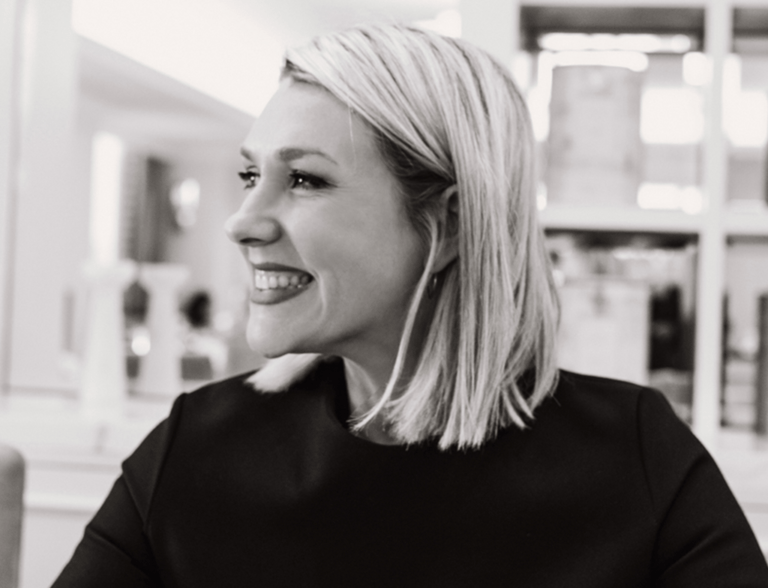Mindfulness and Meditation are often interchangeably used, and adding to the confusion there is also ‘Mindful Meditation.’. So what exactly is the difference between Mindfulness and Meditation.
Mindfulness involves paying attention to something, in a particular way, focused and on purpose, being in the present moment, non-judgementally. And in doing this we calm our busy minds and calm our nervous system down.
All sorts of everyday activities can bring mindfulness. Mindfulness activities vary from counting rosary beads, cooking, knitting, colouring books, and gardening – are all forms of mindfulness. Mindfulness in theory isn’t just simply meditation, mindfulness can also be practiced in the kitchen, in the garden, when washing the dishes. That’s why mundane tasks that we no longer do now are having a comeback.
Mindfulness can be thought of as a rest from the busyness of our minds and brains. We have over 80,000 thoughts daily and these thoughts can often evoke emotional overload. All these thoughts and emotions swirling around in our mind each and every day – it’s overwhelming. Add into that our digital-non stop-never switch-off world. We are overwhelmed by this constant flow of energy and activity. Mindfulness is about pressing pause and settling the mind.
For some, who are so accustomed to the stress, this will be difficult at first which is why its important to find the strand of mindfulness that works best for you.
Meditation is a form of mindfulness, Meditation is a mental exercise that aims to train attention and awareness. To curb our bias towards negative thoughts and feelings, to be in the present moment. Through the different types of meditation we can connect our mind and body. Through our breath, through body scan, as well as Yoga centres on focussing in the moment. All the different types of meditation do have the same goal – become more aware of the present moment, non judgementally.
Mindfulness meditation involves sitting silently and paying attention to thoughts, sounds, the sensations of breathing or parts of the body, bringing your attention back whenever the mind starts to wander. Yoga can also help with developing awareness of your breathing – it again is about focus, being in the moment, quieten the busyness of our conscious mind.
Is one better than the other?
No one method is better than another – simply because we are all unique and individual so you must find the mindful pursuit that resonates with you, as that is what will keep you interested and preserve with the practice.
For some guided visualisation meditation resonates with them more so, say energy and spirituality meditation or a sound bath might just be what you need. There’s even brainwave music to move you into an alpha/beta brain states (available on our @Mindology.app)
How do you choose between the two?
The most important element is to find time for yourself to switch off. Building a habit for yourself around self-care and mental wellbeing. Recognizing the importance of how stressful life is even before Covid-19 but now even more so, so embracing a lifestyle and making time for your own downtime to process feelings and worry, to be present, to give our mind the opportunity to just be, pause, breathe.
With regards to meditation, there are so many different types – vedic, guided, yogic, soundbath, breathwork etc. – how do you know which one is right for you and can you mix them up or should you aim to find one that you like and stick to it?
From a neuroscientific point of view we want to build new neural pathways based around a new habit of connecting with relaxation and quietening our busy minds. Choose what works for you. This might mean trying lots of different techniques, and even creating your own program based on what you need and depending on how you are feeling at the time. The first step is to make the time for yourself, commit to your self-care.
What are the main reasons someone should consider adding meditation (or mindfulness) into their routine?
There is overwhelming scientific research to show us that mindfulness creates new brainwave patterns for us. It calms our over-stimulated minds (beta state) and moves us into an alpha/theta frequency. When we are in a calmer more relaxed state our brainwaves change, we can think more clearly, and we quieten our nervous system (the fight/fright/freeze state).
Where to start?
We have created a free empowered meditation app called Mindology which gives a blend of self-hypnosis, meditation and guided visualisation. Also launched Inner Calm 7-day programme. Deep breathing alone calms our nervous system (via the vagus nerve) hence why breathing meditation is so fundamentally important. Check out on the app our Breathing session and Body Scan.
—

Claire Aristides is a Hypnotherapist, Visualisation & Mindset Consultant and founder of Mindology.App. After completing a Bachelor of Arts (Psychology), Claire entered the business world working in IT, then launching successful fine jewellery brand Aristides Fine Jewels. Hypnosis has had a significant impact in both the business and personal aspect of Claire’s life and it is this passion for hypnosis that she shares with her clients. Check out her work here and follow Claire on Instagram.
The post What’s the Difference Between Mindfulness and Meditation? appeared first on Wanderlust.
from Wanderlust https://ift.tt/3jaKv5m
via flipkartrider
No comments:
Post a Comment